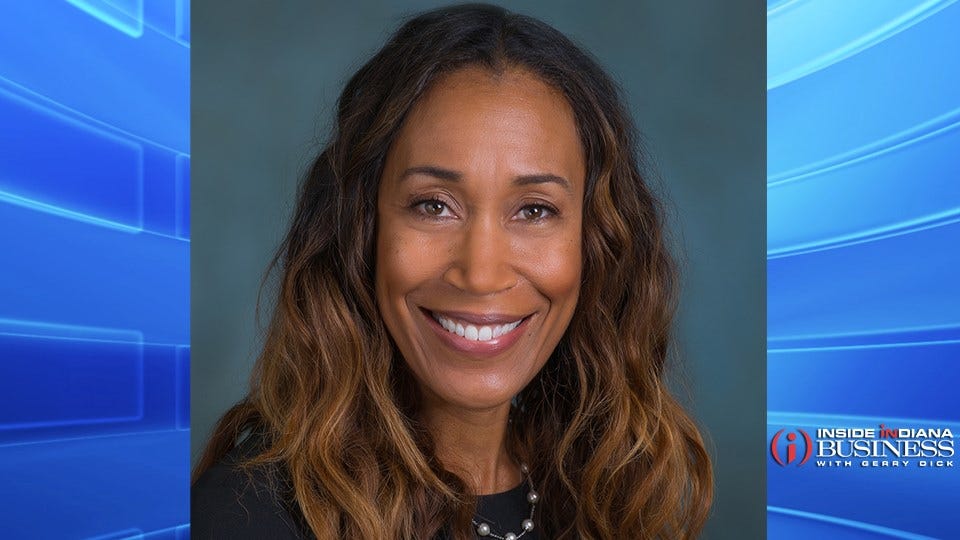For Indiana’s Future STEM Leaders, Early Exposure Is Key

Subscriber Benefit
As a subscriber you can listen to articles at work, in the car, or while you work out. Subscribe NowIt’s projected that by 2025, the United States will have 3.5 million new STEM jobs, yet 2 million of those jobs will go unfilled because of the lack of highly-skilled candidates. The careers of the future call for rich STEM experience, yet our students aren’t being equipped with the skills they need for success, and many aren’t exposed to STEM careers in a way that sparks interest for the future. As a community, we must get creative to solve this STEM shortage by increasing access to STEM careers early in education and properly preparing students with the skills they’ll need to succeed.
While many hands-on, real-world STEM experiences begin in high school or later, it’s increasingly clear this shortage calls for engaging students earlier. Through a study of STEM grad students and academics, 65 percent of respondents said they expressed interest in science before middle school. Unless we are more intentional about showing students how STEM concepts connect to their world, we risk many students ruling out the field before they even enter high school.
This is especially important for young girls. Research shows students as young as second grade express the stereotype that math is for boys, and with that kind of assumption made so early, young women may inadvertently be shut out of rewarding, high-demand careers in STEM fields. It’s no wonder that when I was teaching introductory and advanced high school STEM classes, I already saw disparities in gender in my classroom, even before students began college. That’s one of the reasons I began to intentionally engage middle school female students in my district with STEM careers, through a STEM mentorship program and field trips, such as Introduce A Girl To Engineering Day at Purdue.
Ultimately, the STEM shortage isn’t something educators can solve on their own. As a community, we should all be considering how we can help. Working as an educator with a background in the industry, I’ve seen first-hand what makes a difference for students and what’s feasible for businesses.
I’ve used community advisory committees to give input on curriculum and classroom tools, a critical way I could ensure course content and learning tools were reflective of the industry’s current and future realities. From technical to soft skills, these community partners have helped me further prepare my students for a successful future. I’ve even had industry experts as guest speakers in my classroom in areas I wasn’t as familiar with to speak to what careers look like today and the skills needed in the field. They’ve even brought in state-of-the-art equipment that got students excited about the industry. And as a Project Lead The Way teacher, I had further help to translate business resources into student opportunities that develop transportable skills to prepare them for future careers.
While it seems like an intimidating problem to conquer, businesses can be valuable partners in making change. Take the first step by reaching out to your local district to understand their needs, or work with education partners like Project Lead The Way that have experience using businesses’ variety of resources for meaningful impact for students’ futures.
Tamara Markey is the Indiana Teacher of the Year and a Project Lead The Way educator. This article is part of a series with education nonprofit Project Lead The Way that explores Indiana’s Future-Ready Workforce. For more information on how your business can make a difference, click here.
